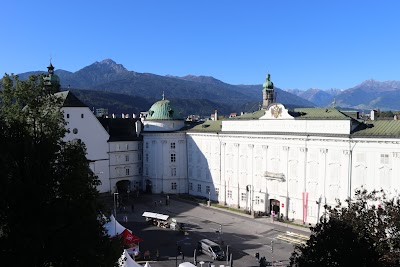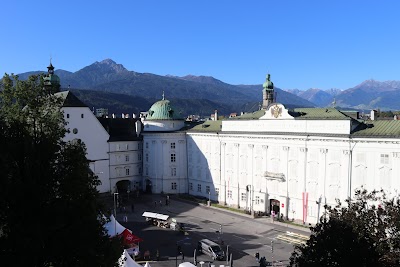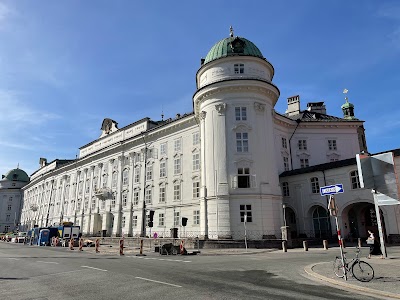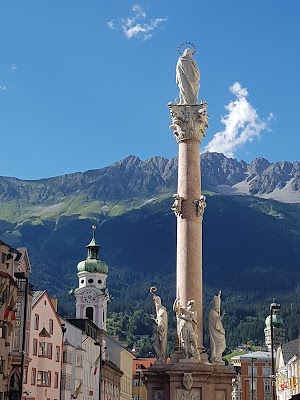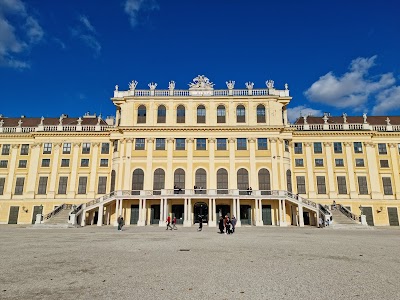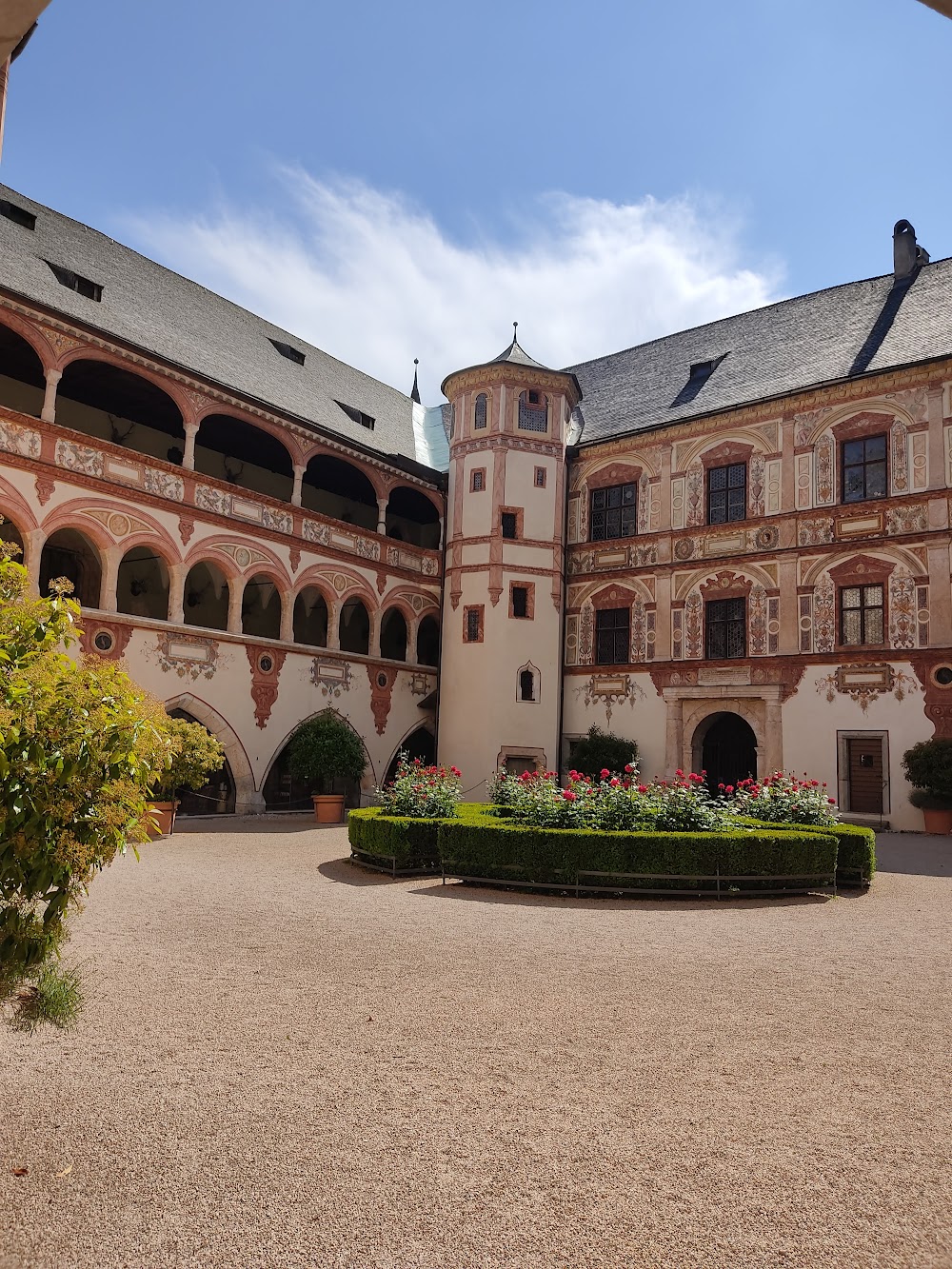Innsbruck Imperial Palace (Hofburg Innsbruck)
Overview
Innsbruck Imperial Palace, also known as Hofburg, is one of the most significant and grand historical buildings located in the heart of Tyrol, Austria. For foreign tourists, visiting this magnificent site offers an enriching glimpse into Austrian imperial history, culture, and architecture.
Historical Significance
The construction of the Imperial Palace began in the 15th century under Archduke Sigmund the Rich. However, it was during the early 16th century, under Emperor Maximilian I, that the palace underwent transformative renovations. Subsequent rulers continued to enhance its grandeur, with extensive baroque and rococo modifications commissioned by Empress Maria Theresa in the mid-18th century. This blend of architectural styles creates a unique historical tapestry that reflects various eras of Austrian history.
Architectural Marvels
One of the most captivating aspects of the Imperial Palace is its impressive facade. The stunning white exterior, adorned with elegant lines and intricate decorations, evokes the grandeur of the Habsburg monarchy. Inside, visitors are welcomed by opulent state apartments that have been meticulously preserved. A highlight is the Giant’s Hall, a grandiose room showcasing ornate frescoes, gilded accents, and portraits of Habsburg ancestors and allegorical figures, making it a delight for art and history enthusiasts.
Political and Cultural Hub
The significance of Innsbruck Imperial Palace extends far beyond its architectural splendor. It once served as a vibrant political hub where pivotal decisions shaping European history were made. Empress Maria Theresa’s influence is particularly noteworthy; she utilized the palace for grand court ceremonies and as a center for the arts. Under her guidance, the Imperial Palace became a symbol of enlightened governance and cultural patronage.
Intriguing Features
Another remarkable feature of the palace complex is the stunning Court Church (Hofkirche), which houses the cenotaph and tomb of Emperor Maximilian I. This church is home to one of the most extraordinary cenotaphs in Europe, featuring 28 larger-than-life bronze statues known as the "Black Men" (Schwarzmander) that guard the emperor’s resting place. These statues represent Maximilian’s ancestors and heroes, providing fascinating insights into his vision of imperial grandeur and legacy.
Cultural Exhibits
For those looking to delve deeper into the history of the Habsburgs, the palace offers a wealth of information through its carefully curated exhibits. The Silver Chapel is another notable site within the complex, housing the tomb of Archduke Ferdinand II and his beloved Philippine Welser. Their poignant love story and Ferdinand’s progressive policies as a ruler add a personal touch to the historical narrative presented by the palace.
Living History
Visiting the palace is not only about glimpsing past grandeur but also about experiencing living history. The annual Christmas markets held in the courtyard reanimate the historical ambiance with festive decorations, traditional music, and a delightful array of local crafts and culinary delights. Throughout the year, the palace hosts various events, historically themed tours, and exhibitions that provide engaging ways for visitors to connect with the past.
Serene Gardens
Finally, the Imperial Gardens surrounding the palace offer a serene escape with beautiful landscaping, statues, and fountains. These gardens exemplify the Habsburgs’ appreciation for nature and their talent for creating harmonious and picturesque environments. They provide a perfect conclusion to your tour, inviting visitors to relax and reflect amidst scenic beauty.
In summary, Innsbruck Imperial Palace stands as a testament to the rich history and cultural heritage of Austria. It is a must-visit for foreign tourists eager to immerse themselves in the opulence of imperial architecture, the legacy of the Habsburg dynasty, and the fascinating stories etched into its walls. A visit to this historic landmark educates and inspires, leaving lasting memories of a bygone era that continues to captivate the imagination.


